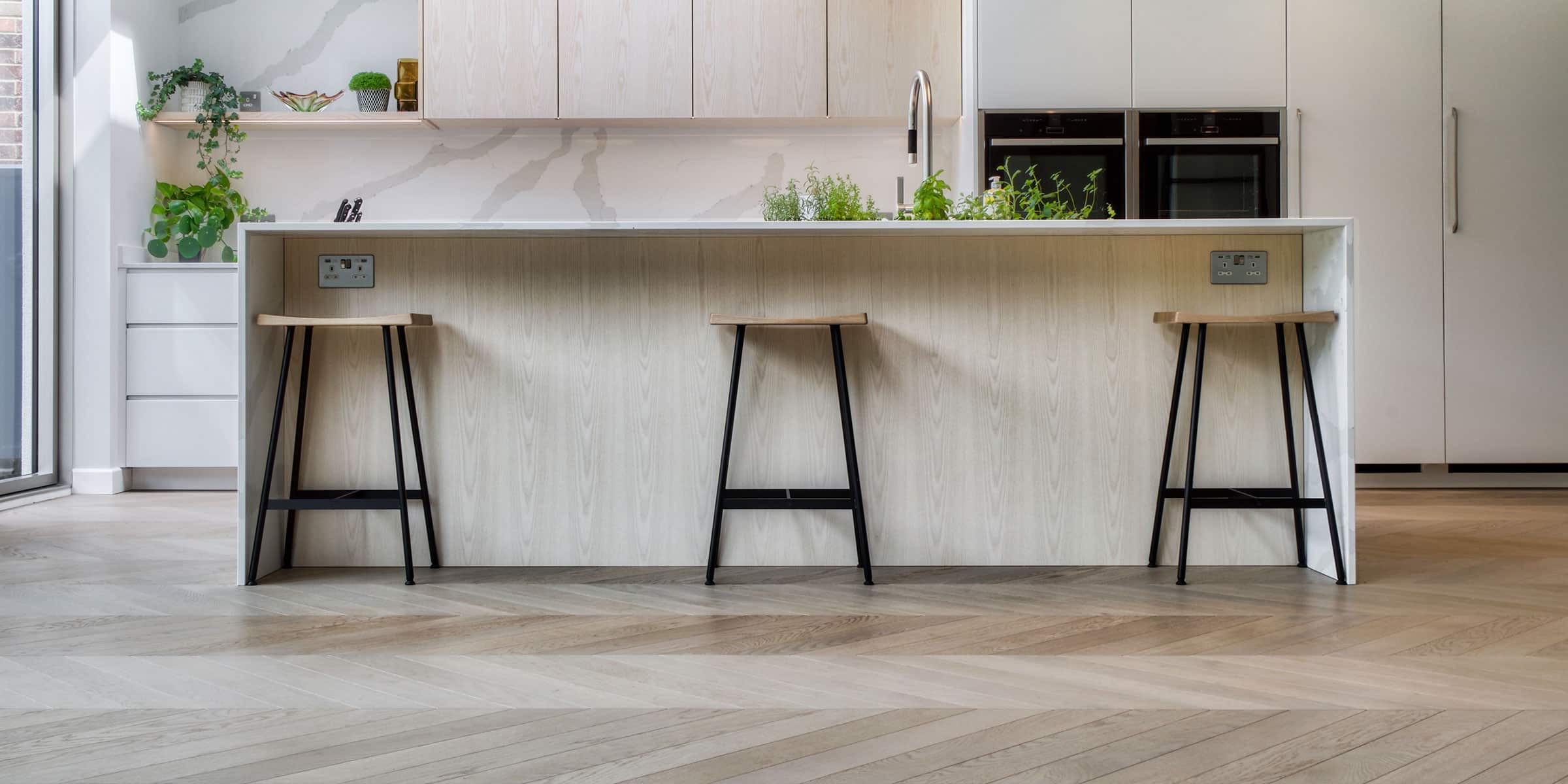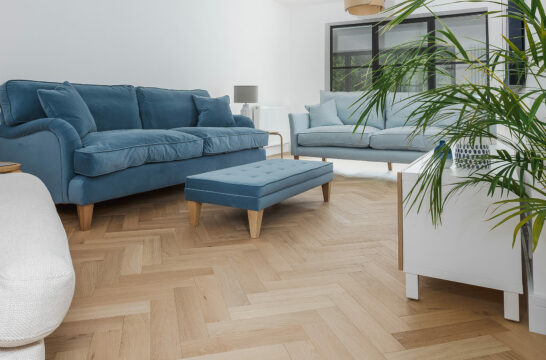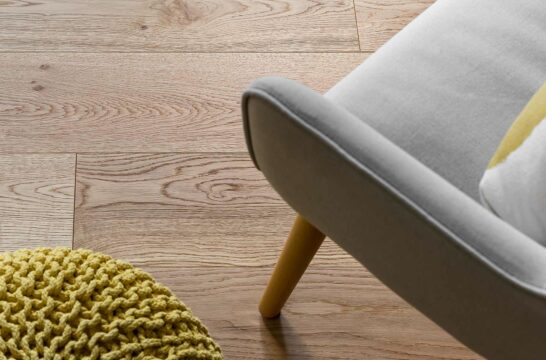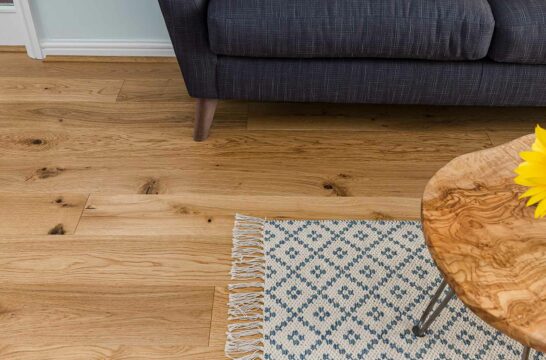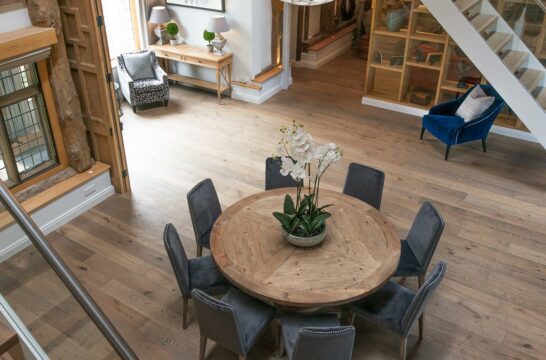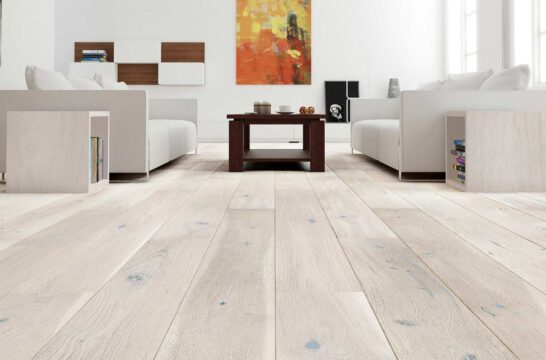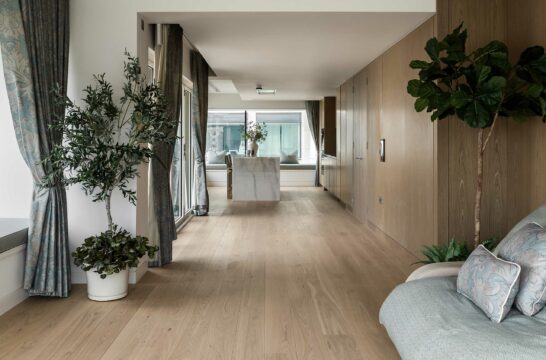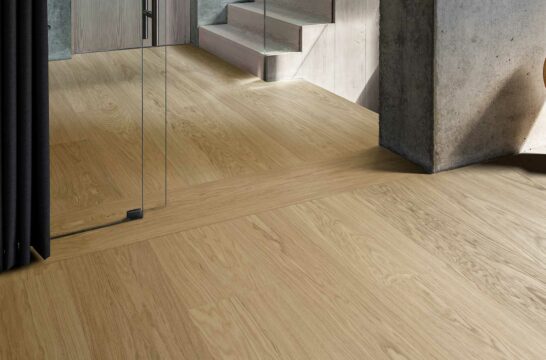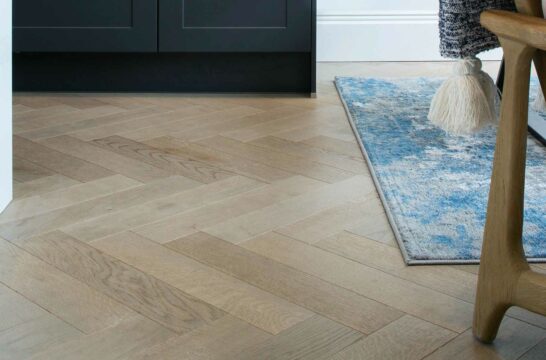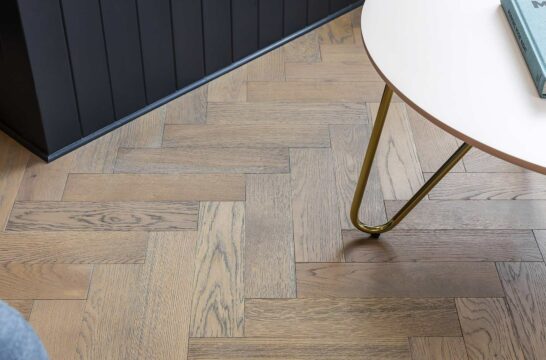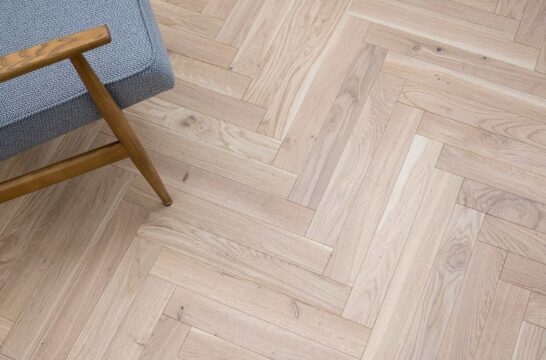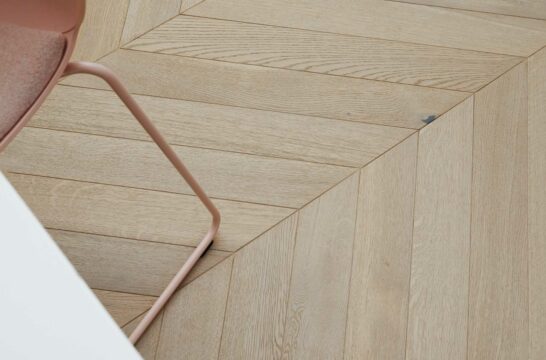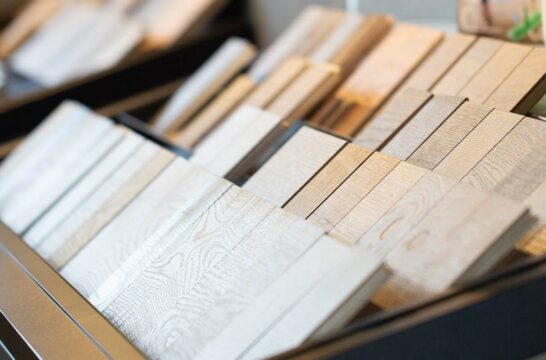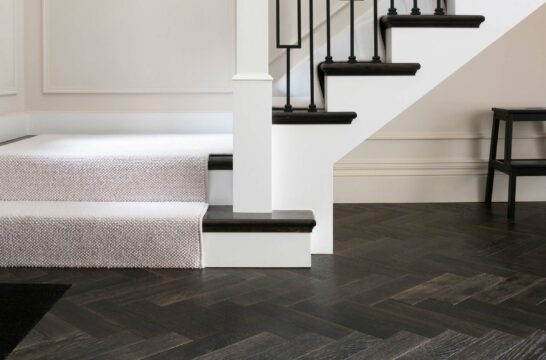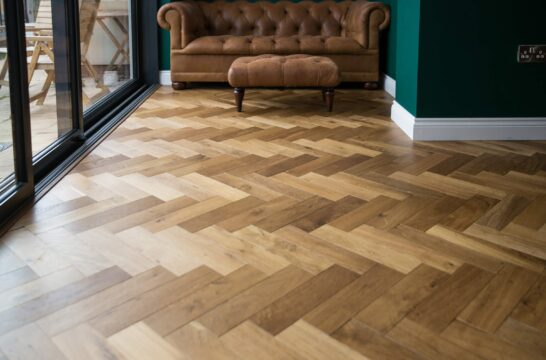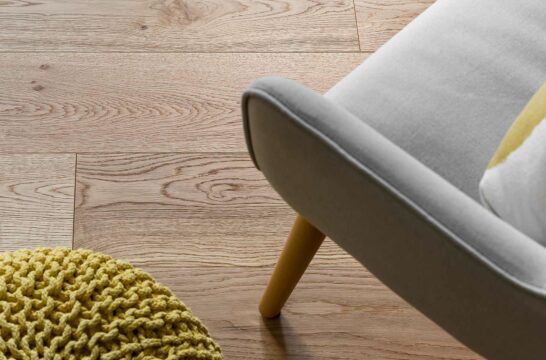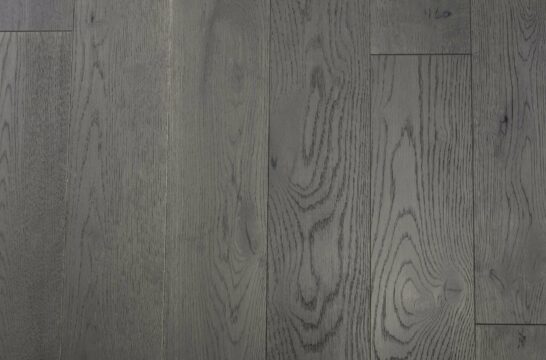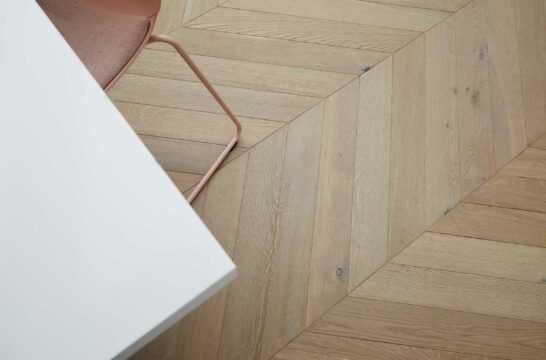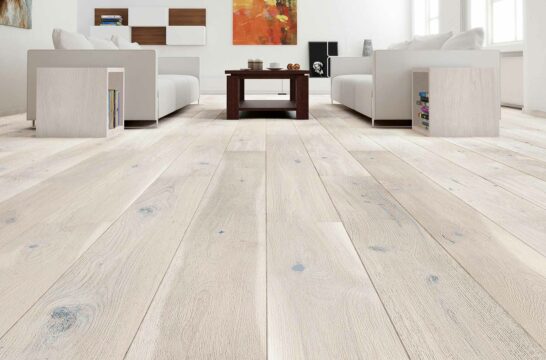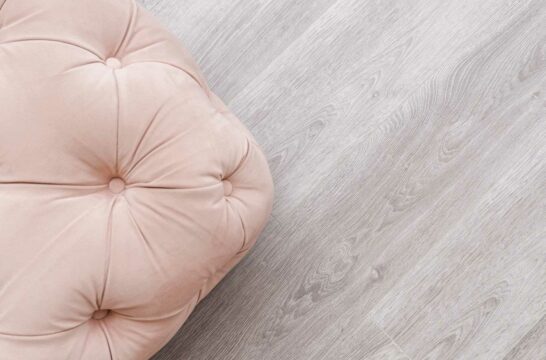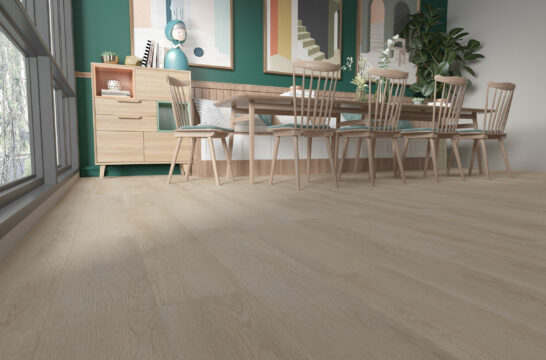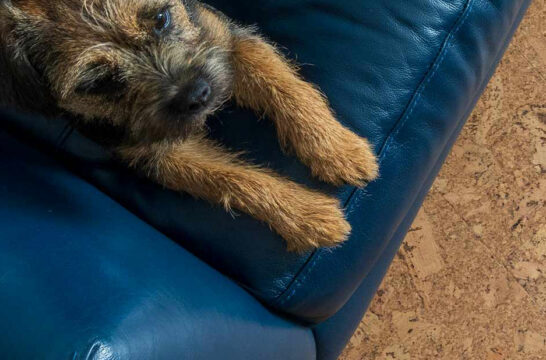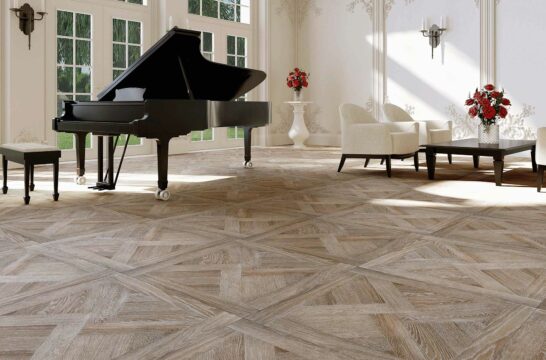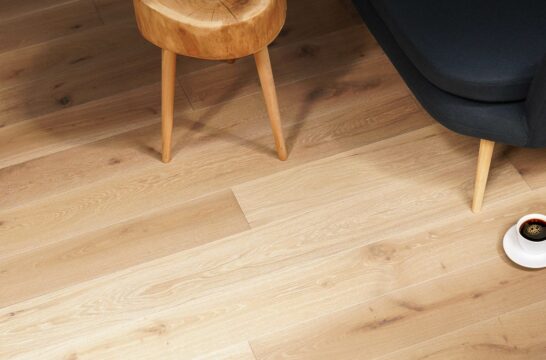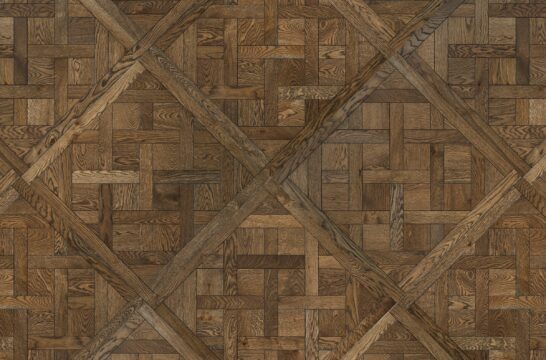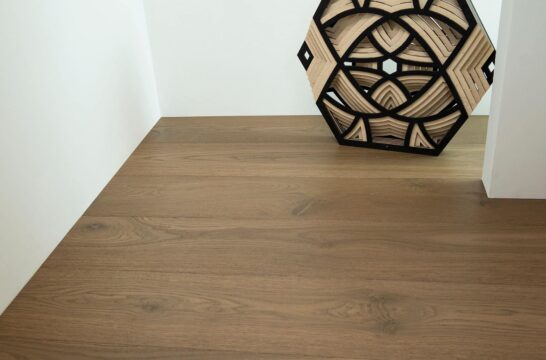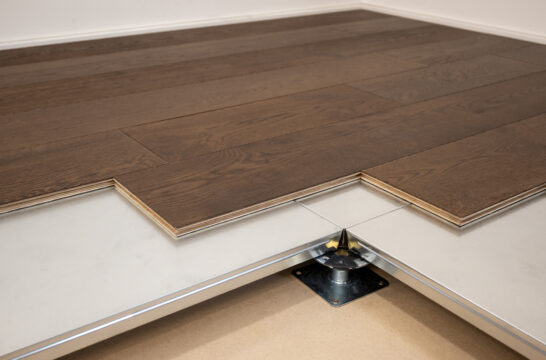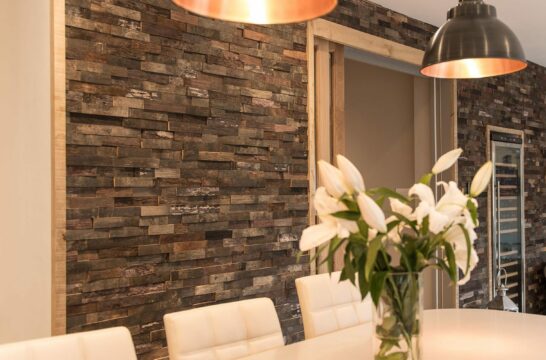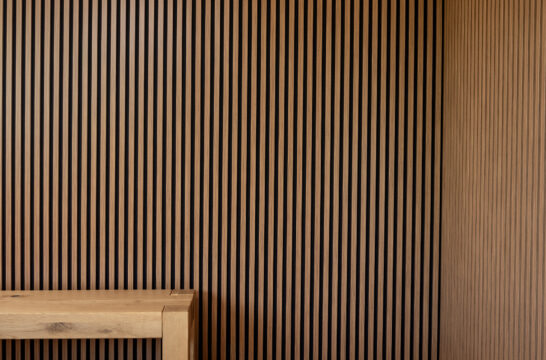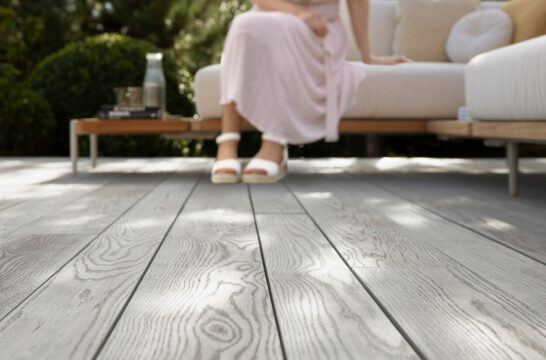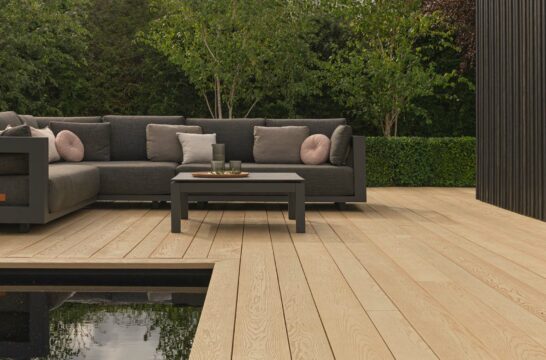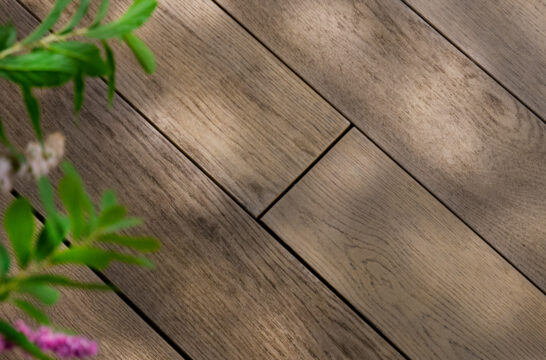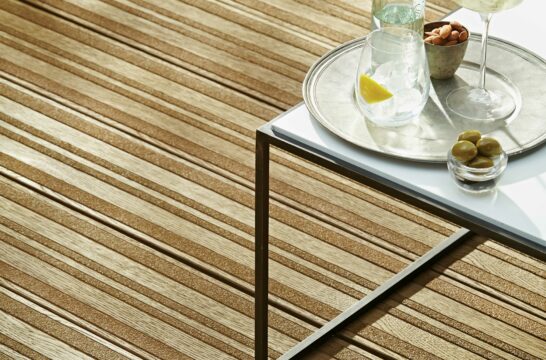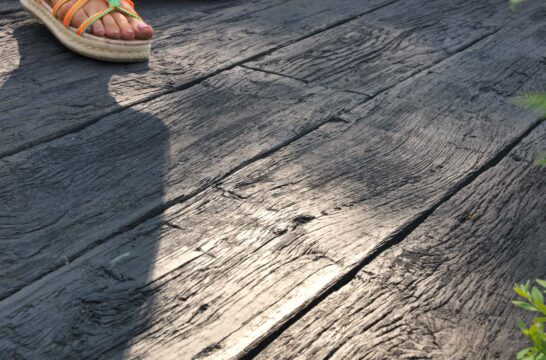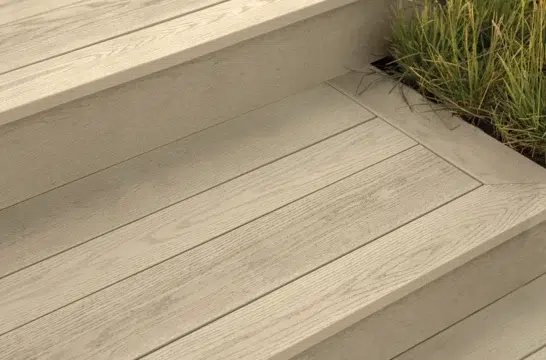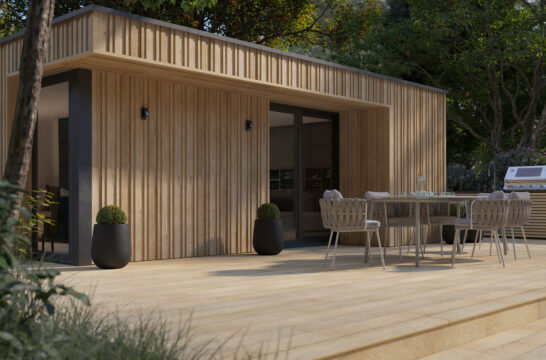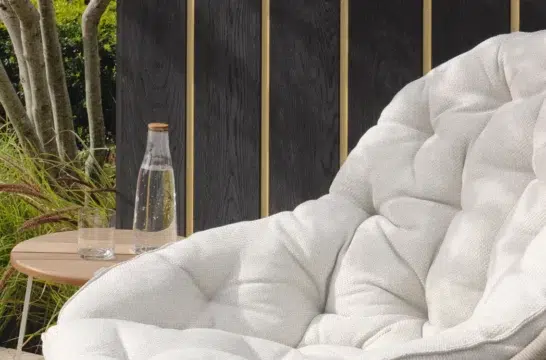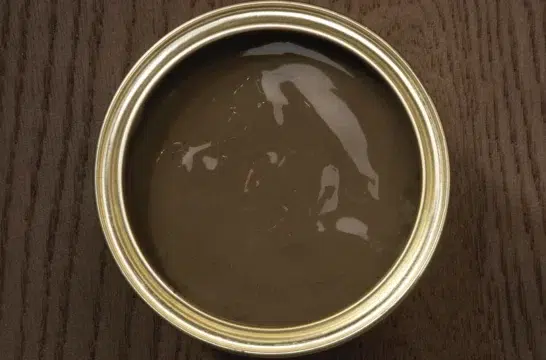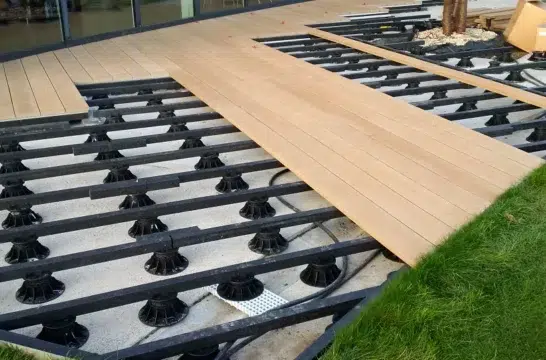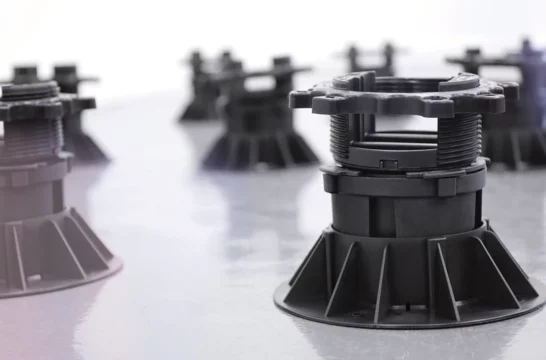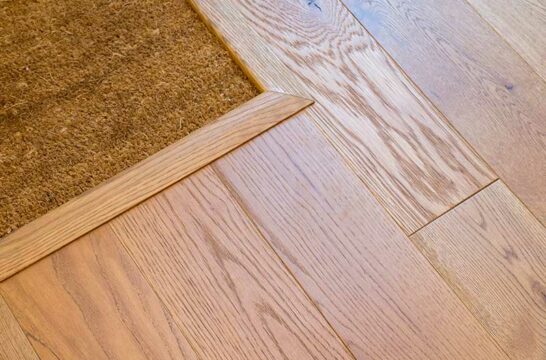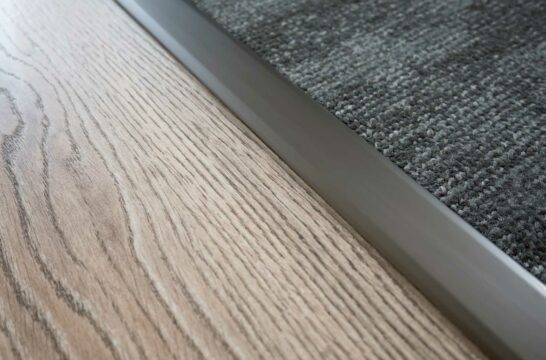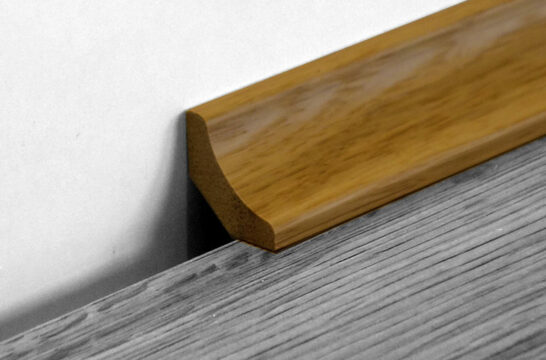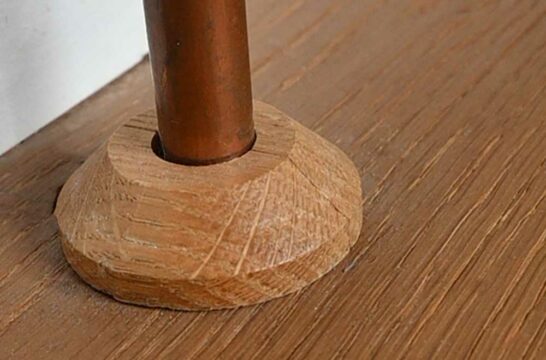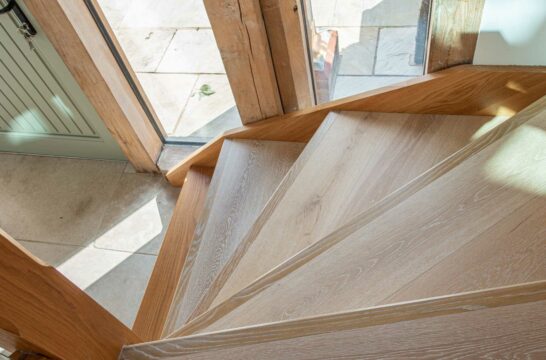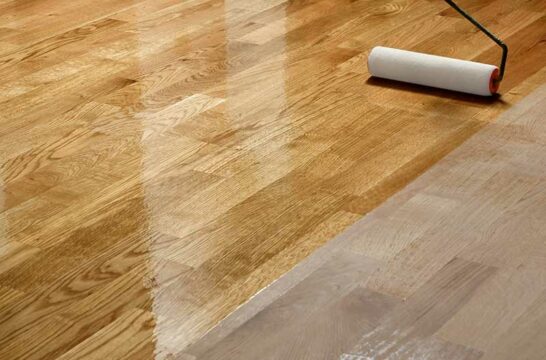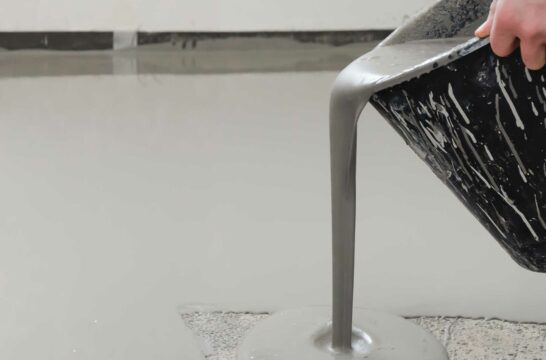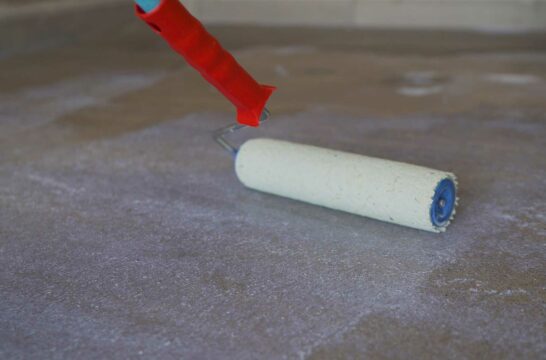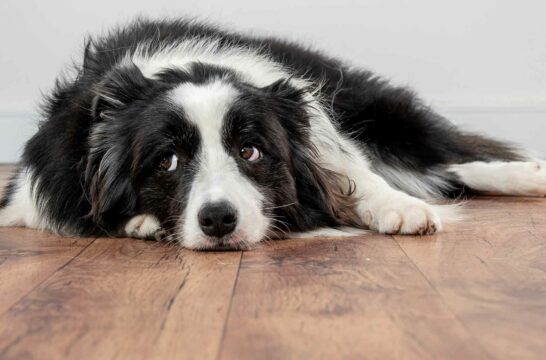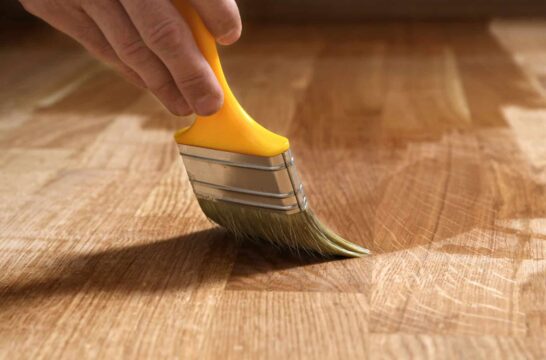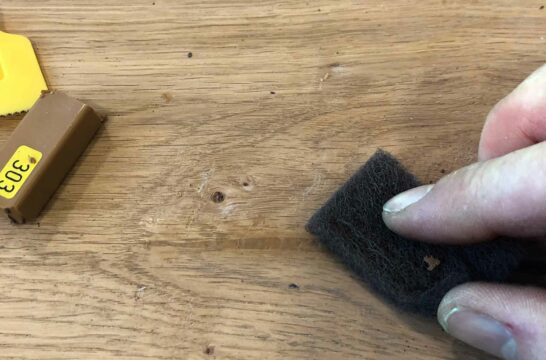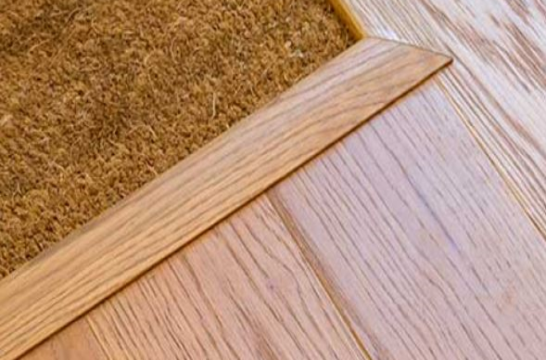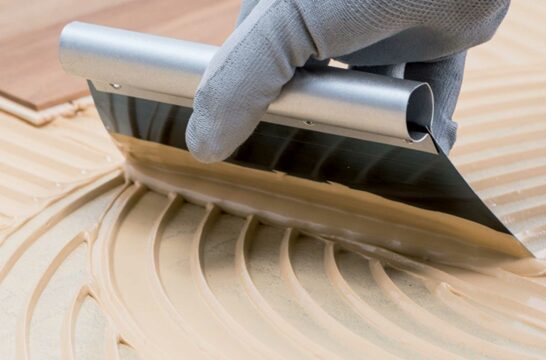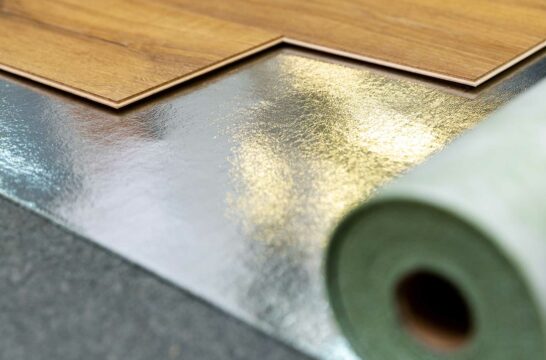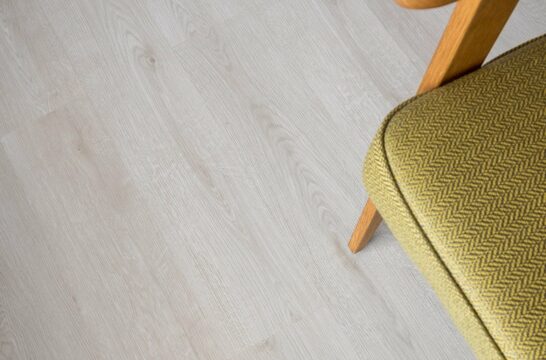WOOD FLOOR CARE TIPS
There is no other natural surface as beautiful and robust as a hardwood floor. Here are some simple tips on how to get the most from your wood flooring and keep it looking like new.
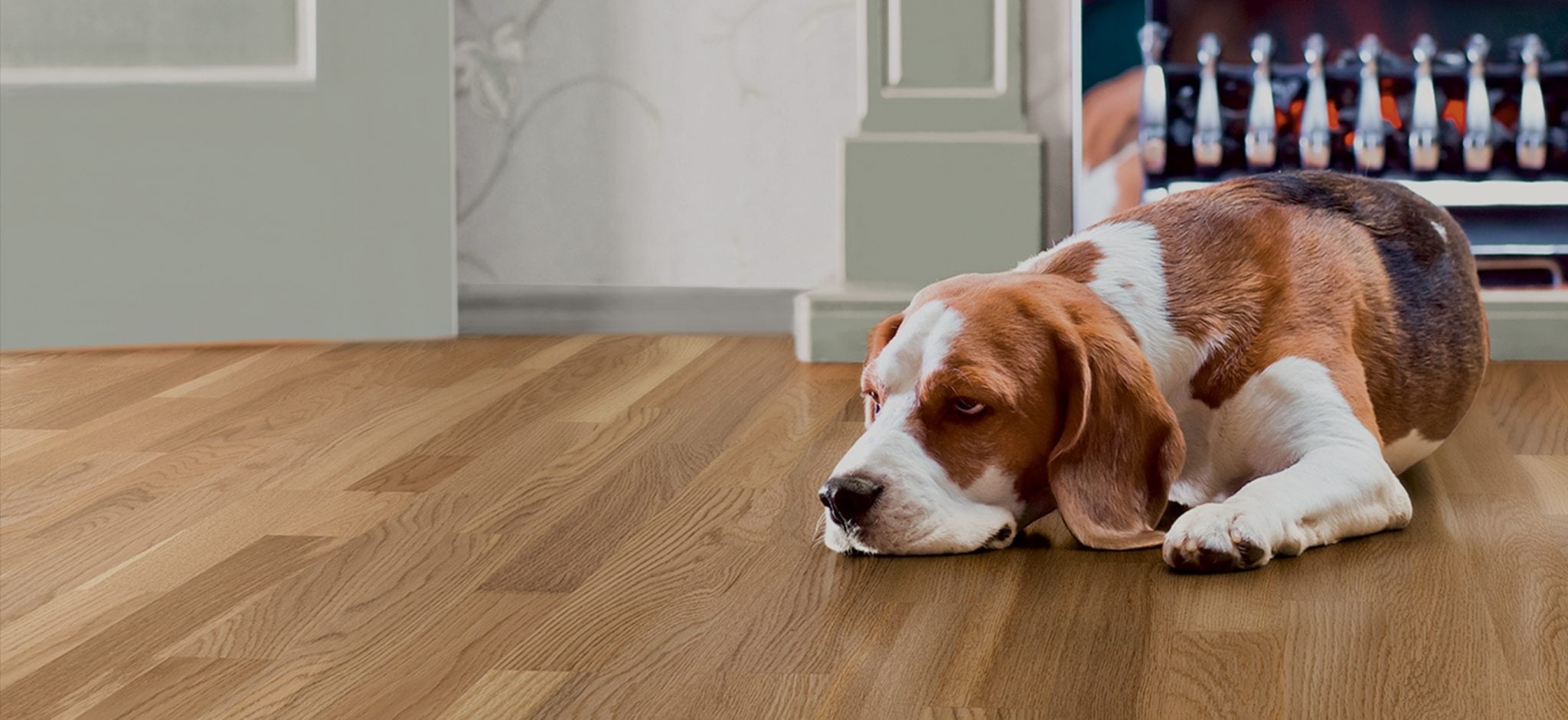
Regular cleaning
Daily and weekly cleaning consists of sweeping and vacuum cleaning. Sweep with a soft broom or dust-attracting flat head mop. Before you vacuum make sure the hard floor or parquet setting is selected and check for debris which could cause scratches. Floors can be periodically damp cleaned with an appropriate (pH neutral) spray cleaner and mop pad or a well wrung mop. Avoid use of excess moisture and standing water. DO NOT use a steam cleaner on any wood flooring.
Wipe up spills
Wipe up any liquid spills quickly with a non-abrasive , absorbent cloth or kitchen towel. Never allow spills to stay on the surface for any length of time. If moisture ingresses into the surface of your floor it may cause lasting damage. Oil and oil-fried food can react with oiled surfaces and should be wiped up directly.
Avoid wet wipes & builders’ wipes
These contain harsh surface-active surfactants that can react with the oiled or lacquered finish and damage the wooden surface.
Using the right type of floor cleaner
Both lacquered and oiled finishes are semi-permeable allowing the wood to breathe. This means you should avoid using harsh chemical and abrasive cleaners on your hardwood or laminate wood floors. At V4 We recommend Bona and Rubio Monocoat, both of which are wood floor specialist cleaning and maintenance brands.
Many of the big brand cleaners you will find on supermarket shelves claim to work well on all surfaces including wood floors but most should be avoided as they contain high acidic or caustic ingredients that will quickly compromise the lacquered or oiled surface of your floor, destroying the water and stain resistant properties.
Other cleaning techniques to avoid
Do not use any strong chemicals on the flooring, including washing up liquid, bleach, sugar-soap and any other abrasive cleaners. Do not use steam cleaners on the floor and limit the amount of water used when mopping the floor. Wood should only be cleaned with soft pads. The use of any abrasive pads, such a scouring pads, is not recommended.
Avoid “Eco cleaners” for your real wood surfaces.
There are many so-called ‘Eco’ Floor Cleaners, available at supermarkets, which advertise naturally sourced ingredients and whilst this may be true in relation to some products which contain bleaches and other harsh chemicals, it is also worth pointing out, that these “eco products” are not pH balanced. Most still contain solvent bases and de-greasing agents which can damage natural surfaces.
There is no doubt that these cleaners will do a great job on many hard surfaces such as ceramic tiles or luxury vinyl, but they should not be used on natural wood floors. In fact regular use will gradually damage the lacquered or oiled finishes used on wood floors. This may go unnoticed but once the finish is compromised the wood surface is no longer water and stain resistant. Effectively by using these leading Eco-Brands you are literally cleaning the protective finish off your floor rather than nourishing the natural surface.
Kitchen floors
Wood flooring is a great natural choice for kitchens and will perform well if properly cared for. Oak is particularly well suited as it is naturally anti-septic, and if regularly swept and vacuum cleaned, will not require the use of bleach or disinfectant. It is important to aware of how a wood should be cleaned and maintained to keep it stain and water resistant and in great condition.
Foot traffic
When possible avoid wearing outside shoes especially if wet or muddy. Stiletto heels may damage wood floor finish and regular traffic may cause compression marks on some wood species, and are not recommended for use on wood floors. Avoid heavy work boots with abrasive soles and thick treads which can retain abrasive objects such as gravel stones. In areas of high foot traffic pay special attention to daily cleaning and where possible use protective rugs and matting.
Protect from furniture
Use self-adhesive felt pads on flat furniture feet to protect the floor from excessive scratching, and use felt based castor cups under wheeled furniture. A purpose made polypropylene floor mat must be used below wheeled office chairs. Heavy scratching will break the surface causing damage to the timber by ingress of moisture from cleaning.
Entrance Matting
Internal and external matting at all entrances to the property will help prevent abrasive particles from being carried onto the floor, and avoid excessive wear.
Sunshine and the effects of UV light
Wood is a natural material and will react in different ways to UV light. In rooms with large windows, especially those which are south facing, special care should be taken to reposition furniture and rugs to ensure an even colour across the floor.
Household plants
- Take care when watering not to spill water around the base of any planter. Avoid using metal trays as these can react with water and the natural tannins in oak to produce black watermarks.
- A planter with soil soaked in water can cause the underside to be cold which can lead to condensation, so it is a good idea to use protective non-reactive plastic mats beneath pots and trays.
Pet care
- Keep pets’ claws well trimmed to avoid scratches and protect areas where they sleep to avoid damage from moisture and spills.
- Always protect flooring around your pet’s food and water bowls from spills and standing water.
Protection whilst decorating
- When protecting your floor, use card or fabric dust sheeting and avoid covering with plastic or material that does not breathe as it can form condensation.
- When using masking tape to paint round architrave and skirting, DO NOT leave any type of adhesive tape on the floor for longer than it takes to paint each coat. If left for more than a couple of hours, tape adhesive can react with the floor finish causing damage.
- If paint is spilt, remember that cleaning fluids may damage the floor so avoid using these, instead use mild soap and a nylon brush to work away the paint.
Correct ambient conditions
During the life of the floor ambient humidity must be maintained within the range of 45% to 65% relative humidity (RH) and a room temperature between 18 to 24°C. This includes periods when the property is unoccupied, such as during holidays. Please note that high humidity may lead to warping and other issues, whilst excessive drying caused by high temperature &/ or low humidity may lead to splits and warping. Avoid rapid changes in temperature.
Wood Floors in Bathrooms
Whilst many people live happily with wood flooring in bathrooms, we do not recommend or guarantee our engineered or laminate wood floors for bathroom installation. Apart from water spills from showers and baths, the main problem is excessive humidity that can damage the wood causing it to swell and warp. It is worth also noting that harsh bathroom cleaners can damage oiled and lacquered wood surfaces.
Underfloor heating with wood flooring
Engineered flooring is extremely versatile and can be installed over underfloor heating (UFH). For best results we recommend using the underfloor heating at low and constant temperatures. When turning UFH on or off, do so gradually to avoid sudden changes in temperature. Avoid covering large areas with rugs which can cause over heating.
